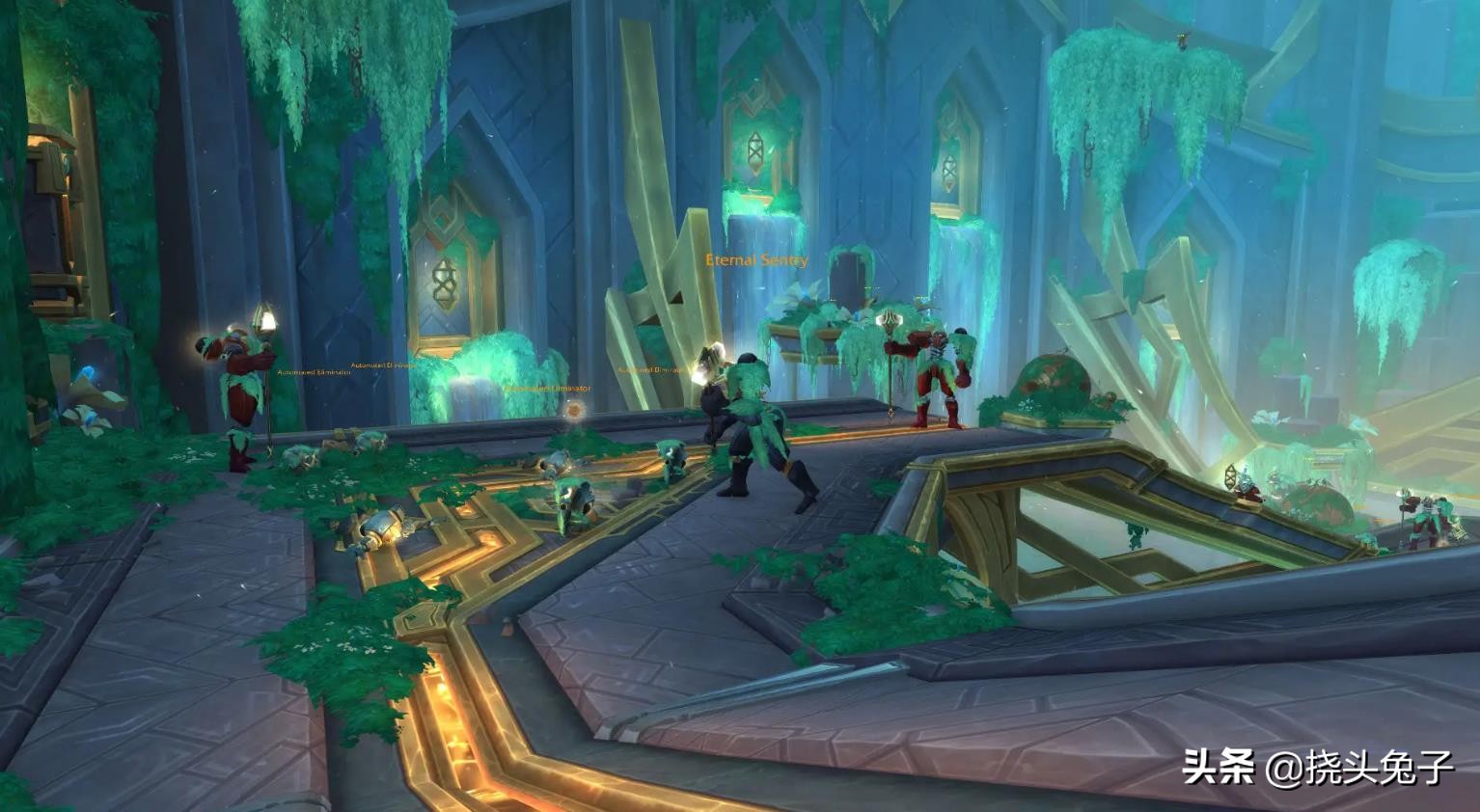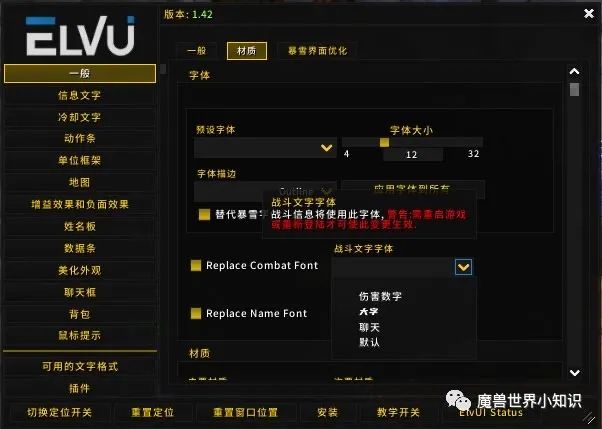非谓语动词归纳
非谓语动词在句子中可以作主语、宾语、定语、状语、补语和表语。
根据句子成分的不同,它们被分为六类。
一、科目一。做;主动的、抽象的、常规的、一般的和连续的动作,这些动作是动态地进行的。
2.去做;主动的、具体的、一次性的、短暂的、尚未发生的动作,这些动作是动态完成的。
eg;阅读需要耐心和毅力。
晚饭后沿着河边散步是如此有趣。
3.注意; to do经常在句首用它作为形式主语而不是逻辑主语,而真正的逻辑主语放在句尾。
一般形式是a.it \'s adj to do sth。
eg;众所周知,拥有良好的视力很重要。
完成这项任务花了我3天时间。
用作形式主语,代替几种做的结构;没用/没用。浪费时间。没用,等等。
eg;为打翻的牛奶哭泣是没有用的。事情已经过去了
实例;
(1)日晒时间过长有助于对皮肤的伤害。
答。暴露的;暴露的
分析;选a. B可能选错了。误以为句子缺少状语,但观察发现,如果用作状语,那么这个句子就没有主语了。判断方法;划分句子的主谓宾。
3.动名词的复合结构;某人正在做/正在被做
我姐姐生病了,这让我们都很担心。
4.迁移;如果to do中主语和do之间有动宾关系,而形容词是hard。困难等等,那么do用主动态来表示动态。
eg;这个问题很难回答。
二。对象1。总结;做;长期动作,其他同上,动态如正在做。
去做;瞬态,已完成动作,其他同上,动态更改为待完成。
2.几种类型;大多数动词to do
只加做;想象一下。避免。错误。延迟。否认。风险。介意。佩服。逃跑等。
既可以加do,也可以加to,但意义不同;Regrememberforge承认等。(这些动词后面还可以接have done,意思和when do一样)
添加doingd时,手表被动;需要需要等等。在这种情况下,句子的主语一般是事物。
一般情况下,两者可以互换,但在某些情况下不能互换;开始/开始,喜欢/享受/爱等。前者只有在句子的主语是一个做时才能用do(当然这只是其中一种情况,还有其他需要注意的地方),而后者加do时,表示暂时的兴趣,但确实是长期的兴趣。
eg;我喜欢游泳,我喜欢跑步。(我一直喜欢游泳,但这几天又喜欢跑步了。后者是一时的兴趣,不知道以后会不会喜欢。)
3.动名词的复合结构;某人正在做的事(思考、想象、发现等)。),而且这类动词还可以把one的变成宾语,也就是doing变成宾语补足语。
介词one \' s do/o do
eg;你介意我打开窗户吗
平时在街上可以听到敲桌子的声音,但奇怪的是我听不到!
有事情要做
eg;我希望今天没有人在场,在这么多人面前讲话我感到很紧张。
4.不定式/动名词的完成式;表示宾语的动作发生在谓语动作之前,形式为to have done已做,have done已做。
>Eg;Yesterday when the Smiths come to vist us,we happened to have go out.(出去这个动作是发生在拜访之前的)
* 注意;下列动词的不定式的完成式表示虚拟,表示原打算做的动作却没有发生的
plan/ intend /prefer/mean(打算)/be to=had done+to do等
Eg;We intended to have gone to the concert,but the heavy rain hold us off.
5. it 作形式宾语;find /make/think等+it +to do sth
Eg; I think it useful to master computer technology.
6. 不定式的进行式:to be doing,表示宾语的动作与谓语同时发生。
Eg:When the teacher came in , Jhon pretended to be reading.
三.定语(分为前置定语和后置定语)1..①doing;主动的,正在进行的,表功用,长期,延续的,一般性的动作
Eg; the walking stick(表功用) the man sitting at the table(正在进行的)
②being done;被动的,其他的同上
Eg;The issue being discussed at the meeting becomes a hot topic in the company.
③to do;主动的,尚未发生的,解释所修饰的名词,具体的动作
Eg; The person to speak in the class tonight set off everyone’s curiosity.
His attempt to escape from the prison failed again.
④done;被动态,表示已完成,或规律性的动作
Eg;a fallen leaf
The flowers sent to teachers on Sep.10th every year are always sold out very early.
2.注意①所修饰名词与定语存在动宾关系式,若定语中do是不及物动词的话,那么要在它的背后不上介词,但是若所修饰名词为space,room,nature时则不能加介词。
Eg;Please give me a pen to write in.
There’s no space for me to stand.
四.状语(一) 分词作状语
① doing;主动,状语与主句的动作同时发生或前后间隔的时间很短,一般性的动作,否定形式是not doin
Eg;Hearing the cry for help,he rushed out to see what had happened.
② having done;主动,状语的动作先于主句发生,一般性,延续性动作,否定形式是not having done.
③ having been done;被动,可与done互换
④ done;已完成
⑤ being done;表原因,且done多为表示心理状态的动词
Eg;Being excited ,he burst into laughter.
但要注意,若句子中直接出现done的话,且表示了主语的心理状态,且与主句的动作伴随发生,那么它不是伴随状语,而是主补
Eg;Excited and surprised, he stood up in other guests’ applause,(他站起来的时候是既兴奋又惊讶的,而不是因为惊讶和兴奋而站起来的)
⑥ to do ;目的状语,与only连用时表示意想不到的结果,尚未发生的动作(doing是表示意料之中的结果)
Eg;He rushed to the station ,only to find the train had gone.
He was lost in his work, only stopping to have a drink.
2.独立主格结构(与分词连用)
①规律;状语和主句的主语不同,在状语前补上自己的逻辑主语。
Eg:Mike having cheated in the exam,the teacher felt angry with him.
②几种特殊结构;(1)it being(这里的it的用法为它的模糊功能,如指代天气等)
(2 )there being /to be
(3)with+ o+oc(doing /to do /being done /to be done /介词/adv/adj/n)
(4)主动表被动
Eg:It being sunny,we went out for a picnic.(it指代天气)
There being no bus, we had to walk home.
The teacher came into the classroom,(with a) book in (his) hand.
Weather permitting,we will go hiking.
3.注意;①被动形式但是表示的是主动的意思的词组:be located in ,be seated in/at,be devoted to,be lost /absorbed in,be occupied with,be charged with,be accused of, be supposed to等。
Eg:Devoted/Devoting himself to the medicine ,Doctor Henry has struggled for the career for his whole life.
②与连词的省略结构区别和联系,后者的用法和分词作状语及独立主格结构相似,不同的是后者没有having done和having been done结构。
Eg;When passing/you pass the street ,you should be more careful.
He found he needed to buy a stamp when passing/he passed the post office yesterday.
When choosing clothes, it needs insight.
五.补语(一) 主补:①用形容词修饰主语 He went school hungry. They came back safe and sound.
②几种结构;(1)sb/sth be said/reported/known to do(表示主补的动作与谓语的动作同时发生或一般规律性的动作)to have done(表示主补的动作先于谓语的动作发生)
Eg:The temple was said to have been built in the Ming Dynasty.
Brazilian are known to play soccer well.
(2)由宾补转化来的大部分动词,凡是在被动句中原先主动句的宾补转化为主补,根据这一规律,判断时可将被动句还原成主动句再进行判断。
Eg;The missing boy was last seen playing near the river.
方法:可在句子的背后补上by people,再将句子转化为主动句,此时可知失踪的男孩在被发现的那一刻是正在河边玩的,故应用playing。
(二) 宾补:①have sb /sth do(已完成或一次性动作)/done(被动,已完成)/doing(一直在做或处于某种状态)
Eg:Have you seen the ad I had the publisher put yesterday (put是一次性已完成的动作)
I will have you tacked on the wall if you keep on laughing me.
The cruel boss have the little boy working all day long.
②make等系动词/let,have+o+do/done 使…怎么样
Eg:He had to raise his voice to make himself heard clearly by others.
Let’s go,guys!
③find/see/keep等+o+ +doing(正在进行的动作或延续性的动作)/done(被动态, 已完成)see+o+do(表示已完成的规律性动作或短暂性的)
Eg:When I was young I always saw my grandma sing.
We were frightened to find Jack being attacked by a tiger whale.
④get +o+done(已完成)/to do(尚未发生)
Eg;The workers failed to get the elephant gone,and had to call the experts to move it away.
⑤大部分动词+o+to do
Eg:He asked me to do the task.
(三)注意:1.诸如make等用do或done作宾补的使役动词在转化成被动句时要在do前面加上to,即to要还原。
Eg:I was made to work all day,but I felt it intresting.
2.宾补与双宾的区别在于前者中非谓语动词的执行者是宾语,而后者则是主语。
Eg;My brother promised me to join the army.(双宾,参军的是我哥哥)
My brother asked me to buy him a book.(宾补,买书的是我)
六.表语(与系动词连用)1. doing:正在进行,规律性,状态
2. to do:尚未发生,具体的动作
3. done:状态,被动态
Eg: My dream was to become a teacher when I grow up.
The movie was so moving that many people couldn’t help crying.
I am tired and I want to sleep now.
4.注意:当一个主语从句中有to do 而主句的表语又为to do 时,表语的to do 可以省略。
Eg:What I am going to do is leave here and return for my home .
说明:在只列出doing /to do的用法中,其被动态也可以用的。












